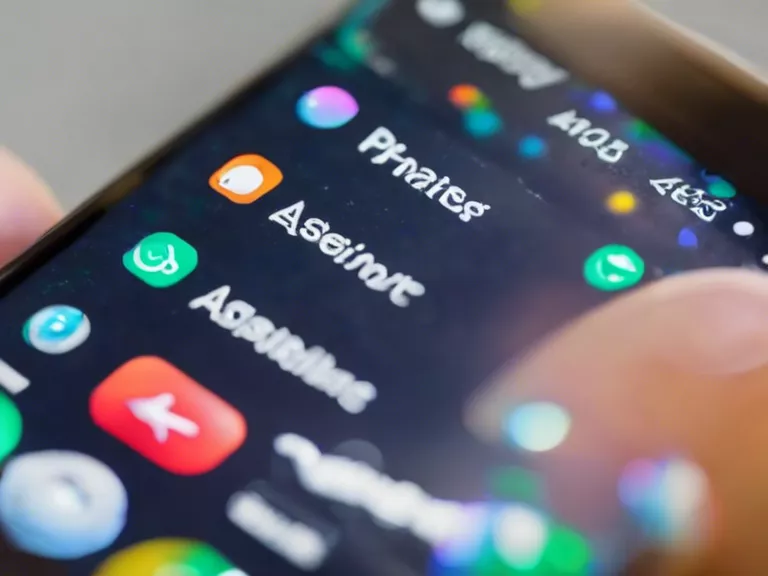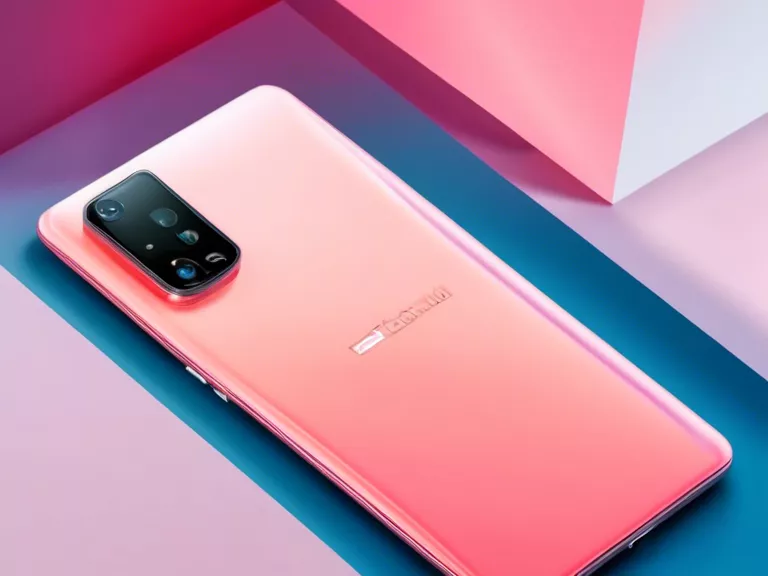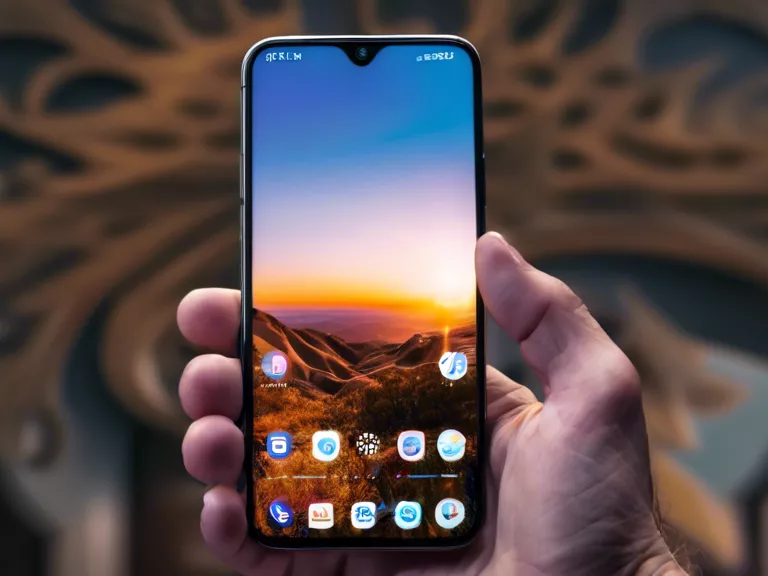
These days, smartphones have become an essential part of our daily lives. With the advancement of technology, customization options have also improved, allowing users to personalize their devices to suit their needs, especially for better accessibility. In this article, we will discuss how you can customize your smartphone's interface for better accessibility.
One of the first things you can do to improve accessibility on your smartphone is to adjust the font size and style. For people with visual impairments, increasing the font size can make it easier to read text on the screen. Most smartphones have options to change the font size and style in the settings menu, so you can choose a font that is easier to read.
Another important customization option is adjusting the display settings. You can increase the contrast or enable color inversion to make it easier to distinguish between different elements on the screen. Some smartphones also offer a feature called "dark mode," which uses a dark color scheme that can reduce eye strain, especially in low-light environments.
Customizing the layout of your smartphone's interface can also improve accessibility. You can rearrange icons on the home screen to put frequently used apps within easy reach. You can also create folders to organize apps by category, making it easier to find what you need quickly.
In addition to visual modifications, there are also options to customize the accessibility features on your smartphone. These features can include text-to-speech capabilities, magnification gestures, and even voice commands for hands-free operation. By exploring these settings, you can find the tools that work best for you and make your smartphone more user-friendly.
By customizing your smartphone's interface for better accessibility, you can make it easier to use and more enjoyable to interact with. Take some time to explore the settings and features available on your device, and make adjustments that suit your needs.



